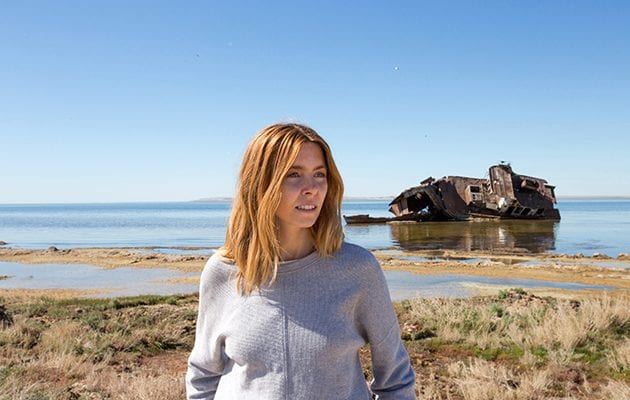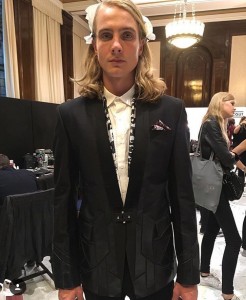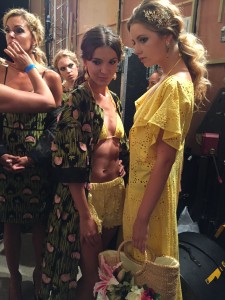Studies show that knitting and crochet Is actually good for you, physically and mentally, who knew?!
“Is knitting therapeutic? Heck yes. It’s a proven scientific fact, just like we know chocolate and red wine are good for us. Since turning my life over to yarn, I’ve talked to thousands of knitters who claim it’s cured everything from gout to their weight problems. I can’t speak to all cures, but it can certainly improve one’s mental health. I know it helps mine.”
says Clara Parkes, author of the just-released book The Yarn Whisperer: Reflections of a Life in Knitting. Personal testimonies, anecdotal evidence and medical studies back up Clara’s claims.
Knitting consists of rhythmic and repetitive movements once mastered. Many knitters reported feeling happier, calmer, less sad, less anxious and more confident when knitting. It gives you a sense of pride when achieving a finished piece, teaching you patience and perseverance whilst encouraging active creativity. Some have even compared the benefits of knitting to the welfares of yoga, research shows that knitting and crocheting share a common ground with meditation and mindfulness which people are referring to as ‘the new yoga’. All these benefits have a positive impact on a healthy mind set and well-being. Knitting is not only an individual activity its also very beneficial to do with a group of friends, this teaches the mind to improve problem-solving and development of hand-eye coordination, also a great excuse to get together! Doing a craft that makes you focus your attention on the present moment and has you engaged in an enjoyable task does wonders for your psychological well-being. Carrie Barron, a psychiatrist at the Columbia College of Physicians and Surgeons stressed that craft, especially knitting, are all wonderful tools for alleviating anxiety and depression.
“Using your hands meaningfully triggers healthy engagement and activity in about 60 percent of your brain, said Alton Barron. The rhythmic, mathematical nature of knitting and crocheting keep the mind absorbed in a healthy way, proving an escape from stressful thoughts but allowing for internal reflection.”

If you are an individual experiencing anxiety, stress or depression knitting will help you focus on the present and not something that happened in the past or that may or may not happen in the future. Others have likened knitting to entering a state of “flow” which positive psychologist Mihaly Csikszentmihalyi describes as “a state of concentration or complete absorption with the activity at hand and the situation. It is a state in which people are so involved in an activity that nothing else seems to matter”
Therapeutic knitting is known as a healthcare tool – unravelling the neuroscience behind its cross midline, automatic movement and the complex combination or physiological, behavioural, social and creative benefits experienced when knitting. A book by Betsan Corkhill called ‘Stitchlinks’ which is a non profit, community interest company set up in 2005 that talks about therapeutic knitting in depth and the work she is doing is pioneering ways to help people address various issues and improve their general wellbeing. It’s raising awareness that health and wellbeing is about much more than isolated symptoms and medication, its about the whole person and the environment they live in. Even if you are fit and healthy Therapeutic Knitting is provided to help you manage the ups and downs of day to day life whether its stress, anxiety, worry, low self esteem or social isolation.
“I realised I’d stumbled across something potentially very important. Something that could change the way we treat long-term medical conditions”
Here are 10 different benefits from crafting with friends that may improve mind and brain wellness:
Mental challenge and problem solving
Social connection
Mindfulness
Development of hand-eye coordination, spatial awareness and fine motor dexterity
Learning and teaching
Focusing attention and thoughts on a task
Encouraging active creativity
Gives a sense of pride and achievement
Teaches patience and perseverance
Facilitates memory formation and retrieval



































